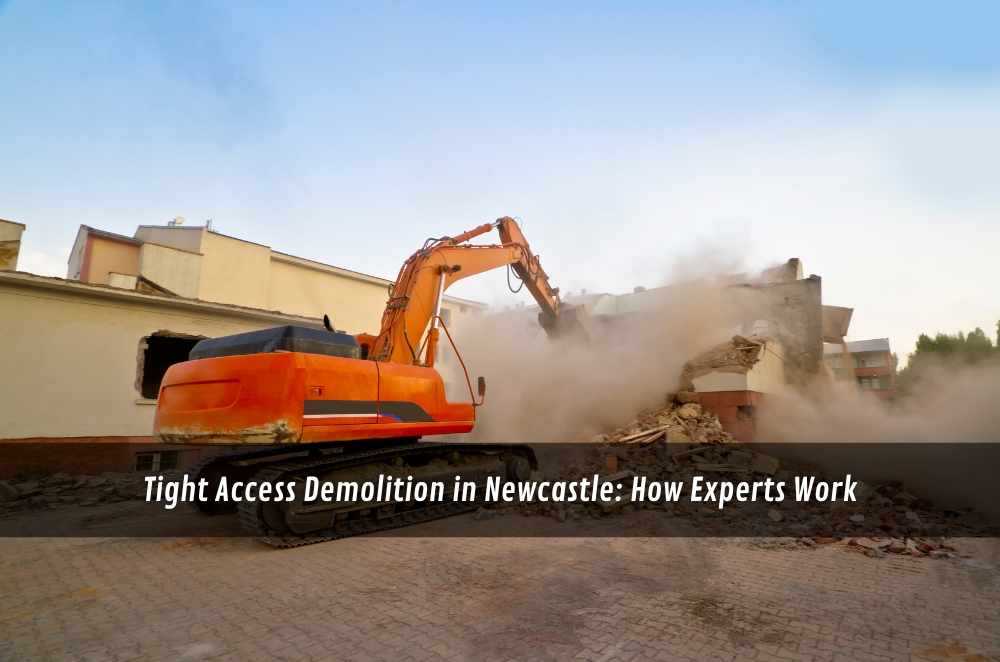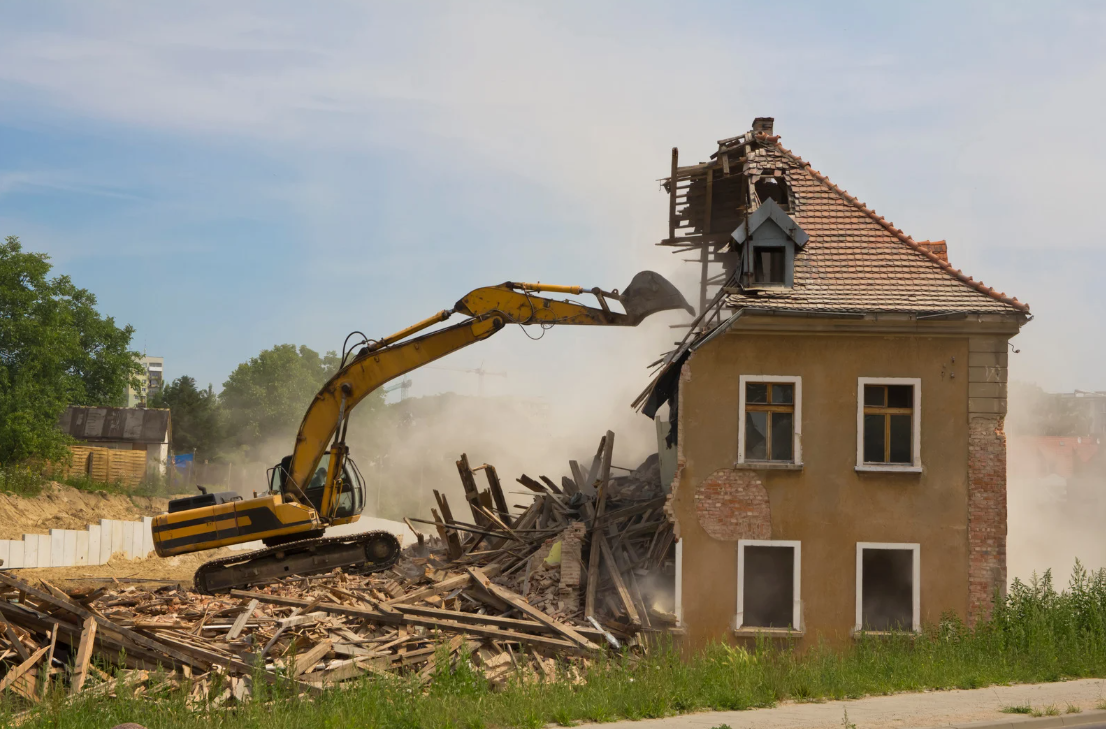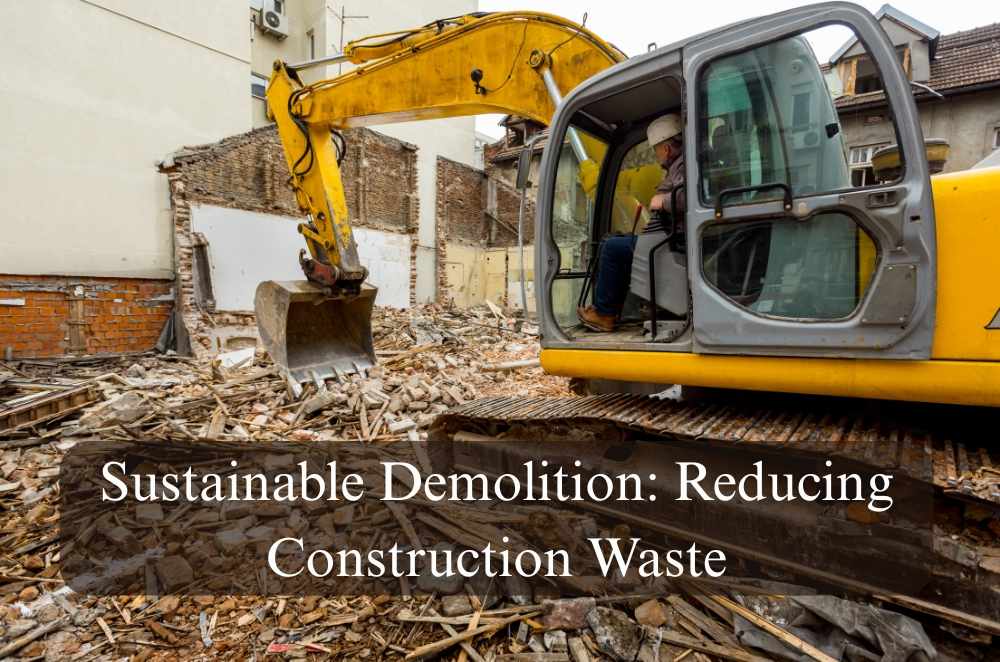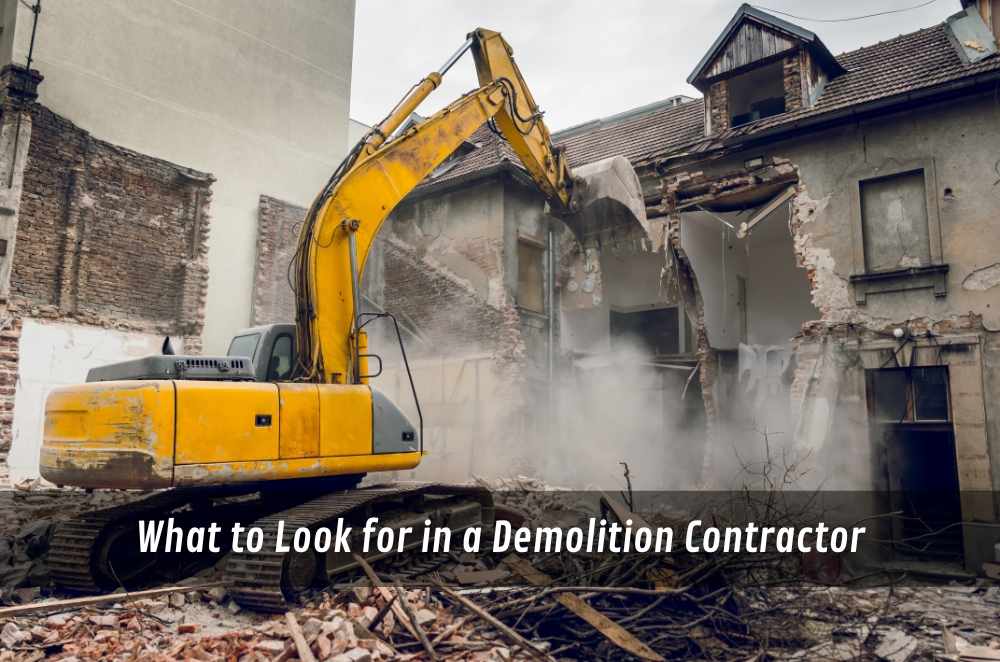
In Newcastle, demolition work isn’t always about wide blocks with plenty of turning space. More often than not, crews are faced with narrow driveways, terrace-style housing, or steep sites where larger machinery simply won’t fit. These are the kinds of conditions where standard knockdown methods need to be rethought. Instead of force and speed, the focus shifts to planning, sequencing, and making the most of compact equipment.
On a laneway job I once saw, the team relied on smaller excavators and careful staging to get the job done without disrupting neighbours or damaging surrounding structures. It reminded me that when access is the challenge, the solution isn’t bigger machinery but smarter logistics. That’s where tight access excavation hire becomes essential — providing the right tools and operators to safely clear even the most confined sites.
What tight access demolition actually involves
Tight access work reframes demolition as a logistics puzzle. Instead of one large machine doing the heavy lifting, you’ll often see a sequence of compact tasks that add up to the same outcome — just with less margin for error. The limiting factor isn’t the structure; it’s the pathway to and from it.
Mini and micro machines take point while the larger gear waits off-street for loading.
Staged dismantling reduces risk to adjacent walls, fences, and shared services.
Waste is consolidated in zones, then moved out in timed runs to minimise disruption.
Dust, vibration, and noise are kept within limits that suit close neighbours.
On a laneway site I observed, a tracked dumper ferried rubble through a path barely a metre wide. It looked slow but actually kept the workflow steady and avoided complaints. For gear like this, many contractors turn to Construction Equipment Australia, a distributor known for compact excavators and attachments suited to confined worksites. Their equipment often shows up where manoeuvrability matters more than size.
Approvals and compliance for small, tricky sites
Even when the building looks simple, the approval path matters. Demolition triggers specific rules in NSW, and the scope — full knockdown, partial removal, or outbuilding only — determines how you proceed. Before anyone lifts a hammer, confirm the permissions, conditions, and any environmental controls that apply to your address. A practical starting point is NSW demolition approval rules, which explain when demolition can fit within complying development and when a different pathway is required.
Clarify if heritage, bushfire, flood, or tree protections alter your scope or method.
Identify service isolations (electricity, gas, water, NBN) and who’s responsible.
Confirm hours of work and site-specific protections (hoardings, silt controls).
Align waste management: what’s recycled, what’s separated, and where it’s going.
In Newcastle, firms like Lakeside Demolition often navigate these local approval conditions day-to-day, and their familiarity with the process highlights how important compliance is before the first wall comes down.
Gear and methods that suit confined spaces
Where a standard excavator can’t fit, method is everything. The aim is to control the load path: cut, support, dismantle, and remove without introducing forces that a fence, party wall, or narrow footing can’t handle.
Low-profile attachments (hydraulic thumbs, pulverisers) reduce swing and overreach.
Remote-controlled breakers and floor saws help where operator access is limited.
Scaffold, propping, and temporary bracing protect adjacent structures during takedown.
Material flow is engineered: chutes, conveyors, or wheelbarrow “trains” to skip bins.
One lane-access project I assisted on used timber mats to protect a neighbour’s driveway while a micro-excavator tracked through to the rear yard. Every return trip moved sorted debris in manageable lifts. It wasn’t glamorous, but it meant no cracked concrete, no arguments, and a neat handover for the builder.

Site prep that prevents stoppages later
Preparation can make or break a tight access job. Clearing vegetation and redundant sheds, marking buried services, and setting up clear travel paths shorten the time heavy equipment spends inside the site. It also cuts down on surprises — the number-one cause of delays.
I’ve watched projects grind to a halt because soft soil collapsed under equipment, or buried pipes weren’t identified early. The smarter approach is to treat groundwork as part of the demolition itself, not an afterthought. That’s why site preparation for building projects is so valuable. It frames preparation as an investment in keeping crews moving without interruption.
Establish a load-out route that avoids soft soils and fragile surfaces.
Stockpile zones so materials don’t cross paths on the way out.
Protect trees and utilities with physical barriers and clear no-go markers.
Stage temporary lighting and drainage so the site stays workable in bad weather.
From experience, marking the exact turning circles of machinery with spray paint avoids knocks to brick piers or fence posts. It’s a tiny step that saves hours of back-and-forth later — and in a narrow yard, those hours add up quickly.
Local context: terrain, neighbours, and timing
Newcastle has its quirks: steep coastal blocks, older weatherboards with lightweight frames, and the odd laneway house that turns delivery into a puzzle. Add shared boundaries and weekend sport traffic, and you’ve got a set of conditions that reward local familiarity. Crews who plan around school runs and skip bookings, who know the moods of sand over clay after rainfall, tend to glide through the week while others juggle hold-ups.
That’s why local demolition project tips can be so useful — they reflect the kind of practical adjustments that make confined demolition less disruptive.
Sequence noisy tasks to the start of the day; keep handwork for tighter periods.
Use smaller, more frequent cart-outs instead of one large push that blocks access.
Communicate with immediate neighbours; predictably kind crews get fewer objections.
Leave the site broom-clean daily — it buys goodwill and reduces trip hazards.
On one cul-de-sac project, we scheduled bin swaps between commuter peaks. It meant shorter crane time and fewer cars queuing. The site stayed civil; so did the street.
Final thoughts
Tight access demolition in Newcastle isn’t a test of muscle — it’s a test of planning. When the route is narrow, the solution is sequencing. Map approvals early, design your method around the access you actually have, and stage materials so they move once, not three times. With thoughtful prep, compact gear, and a respectful approach to neighbours, even cramped blocks come down cleanly and predictably. That’s the whole aim: quiet progress, low risk, and a clear, ready-to-build site at the end.





Write a comment ...